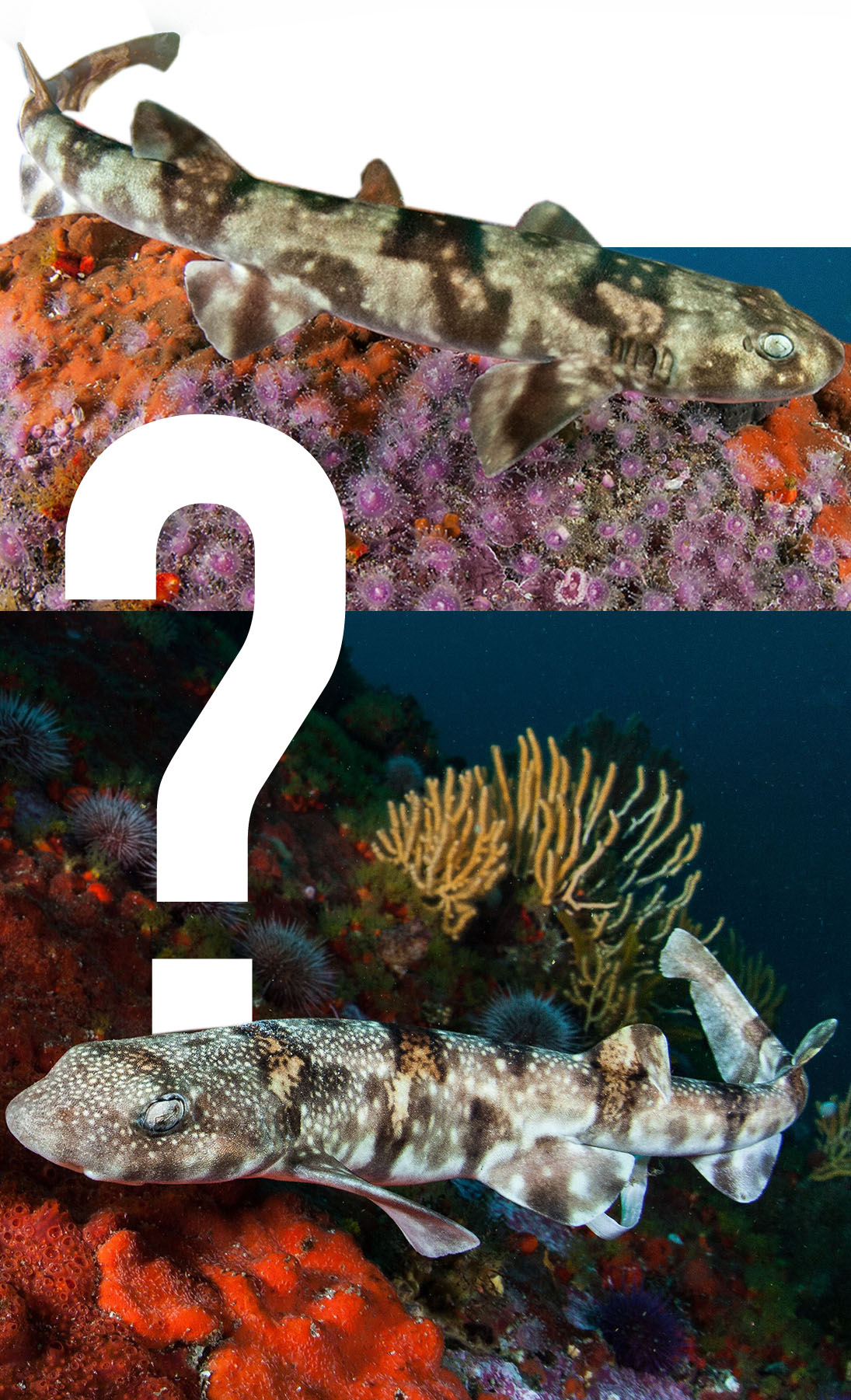Could it be in Dassen Island and protect the endangered African Penguins?
Dassen Island is situated offshore of Yzerfontein, between Saldanha Bay and Cape Town. The island itself is a nature reserve and was designated a Ramsar site in 2019.
This is an Important bird area as it supports a breeding colony of the African Penguin (Spheniscus demersus). Populations of the African Penguin have declined significantly and are now classed as endangered. This has primarily been attributed to competition with fisheries for their primary food sources of small pelagic fish such as sardines and anchovy. The exclusion of fishing around an important breeding area such as Dassen Island (in a MPA), will assist in ensuring that there is enough food for parents to successfully rear their chicks.









